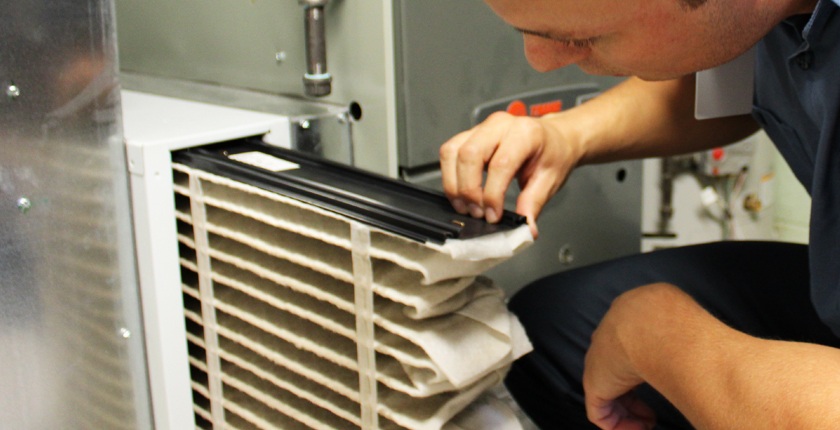

“When done properly and when combined with the special considerations for a burnout discussed in this article, proper installation and startup procedures can help ensure that a compressor will operate properly for years to come,” Kitchen said. In other words, following proper installation and startup procedures is crucial. Refrigerant leaks and improper evacuation can also result in compressor burnout. This also goes for poor oil return or short cycling. What if poor voltage to the compressor caused it to overheat, resulting in winding or oil failure? How do you know until you check for it? Unless it is corrected, the new compressor will soon fail, as well. Do not be distracted by the fact that the system burned out or is acidic and miss the very issue that resulted in the failure in the first place. This will need to be continued until the plugging and resulting pressure drop stops.”ĥ) Finally, it is paramount to remember that the whole purpose of commissioning is to catch anything that may impact the proper operation of the system and its components. “If a pressure drop occurs, a new drier will need to be installed. If residual acid is present in the system, it will cause a pressure drop in the drier, which needs to be monitored,” he said. “Remember that suction driers are not install-and-forget devices. Plus, the chlorinated refrigerant will act as a catalyst to further acidify the new oil. This is especially true if the refrigerant in the system is chlorinated as the type of acid produced by it can adhere to surfaces inside and take a while to fully come out. However, if the system was acidic, then the further steps of installing a suction line and acid removing drier are required. The system flush will make sure that all contaminated oil is eliminated from the rest of the system.”Ĥ) According to Kitchen, if the system was not acidic, then, once the system has been flushed clean, a good liquid line drier with activated alumina and molecular sieve desiccant will work fine. “If the winding insulation checks out fine, replace the oil with new oil. “If the oil in the failed compressor is acidic, the oil in the other compressors will be, as well however, this does not automatically mean they will need to be replaced,” Kitchen explained. If this is the case, then the oil in the other compressors will also need to be replaced. Discoloration can mean that burned oil may have made its way into the other compressors or that they were operating too hot. This will remove residual oil that could be holding contaminates, which, if left in the system, can come back to plug up the unit and contaminate the oil in the new compressor.ģ) If the compressor was part of a parallel compressor group, and therefore shares the same suction and oil equalization with other units, be sure to inspect the oil in the other compressors and look for discoloration. Kitchen advised that this process should be repeated for all other refrigerant lines. Ensure the evaporator and condenser are flushed so that the flushing agent comes out clean when done. Flush the system using a flush approved by the manufacturer while making sure to remove the TXV so that contaminates are not flushed into it. “Always verify that the oil is acidic by using the correct oil test kit before spending a lot of time and money treating the system as if it were acidic.”Ģ) Regardless whether or not the system is acidic, there will likely be burned oil, winding insulation, and possible other contaminates in the system.

“With today’s hydrofluorocarbon refrigerants and polyolester oils, it is impossible to produce acid without the presence of moisture,” Kitchen said. These systems could produce acid simply by overheating. This is a holdover to the days when all refrigerants were chlorinated and compressors were charged with mineral oil. “These steps will eliminate the vast majority of the reasons compressors fail, regardless of what did them in,” he said.ġ) It is important to realize that not all burned out compressors are acidic. Kitchen offered five steps to follow when starting up and commissioning a system after a compressor burnout. All of these should be checked during the startup and commissioning phase. Common causes of high condensing pressure are undersized and/or dirty condensers, failure of the fan motor, incorrectly set or inoperable fan controls, or recirculation of the condenser leaving air. Since the returning gas (suction) provides a large portion of the cooling for the compressor motor, if there is not enough of it coming back as a result of a loss of charge, or if the superheat value of the gas is too high, the motor will not have enough heat removed from it and will overheat. High condensing pressures are a common culprit. According to Kitchen, the main causes of burnout are insufficient cooling from the suction gas as well as compressor operation outside of its application envelope.


 0 kommentar(er)
0 kommentar(er)
